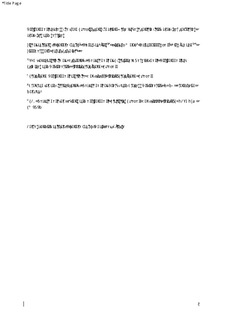| dc.description.abstract | In order to produce goods and services that are consumed in Sweden, natural resources are extracted and pollutants are emitted in many other countries. This paper presents an analysis of the goods and services consumed in Sweden that cause the largest environmental pressures in terms of resource use and emissions, identifying in which countries or regions these pressures occur. The results have been calculated using a hybrid model developed in the PRINCE project combining the multi-regional input-output database EXIOBASE with data from the Swedish economic and environmental accounts. The following environmental pressures are analysed: Use of Land, Water and Material resources, Emissions of Greenhouse gases (GHG), Sulphur dioxides (SO2), Nitrogen oxides (NOx), and Particulate Matters (PM 2.5 and 10). The product groups are those goods and services bought for private or public consumption and capital investments, as listed in the Swedish economic accounts. The results show that Sweden is a net importer of all embodied environmental pressures, except for land use and material use. The most important product groups across environmental pressures are construction, food products and direct emissions from households (except for sulphur dioxide emissions and material use for the latter). Other product groups that are found to have environmental pressures across several indicators are wholesale and retail services, architecture and engineering, dwellings, motor vehicles and machinery and equipment. However, for the three natural resource pressures Use of Water, Land and Material resources, agricultural products are a relatively important product group along with products from forestry for the last two indicators. A considerable proportion of the environmental pressure occurs in Sweden, but when comparing those of domestic origin and that occurring internationally, the majority of all pressures for Swedish consumption occur abroad (except for land use). Other countries stand out as particularly important as origins of pressure for Swedish consumption, most notably China, which is among the top five countries for emissions to air, as well as blue water and material use. Other highly relevant countries or regions are Rest of Asia and Pacific (i.e. Asia and Pacific except Indonesia, Taiwan, Australia, India, South Korea, China and Japan), Russia, Germany as well as Denmark and Spain for certain product groups and environmental pressure combinations. This pattern of geographically spread pressures caused by Swedish consumption indicates the need for addressing the pressures at various levels of collaboration: national, within the European Union, bilateral and international. | nb_NO |

